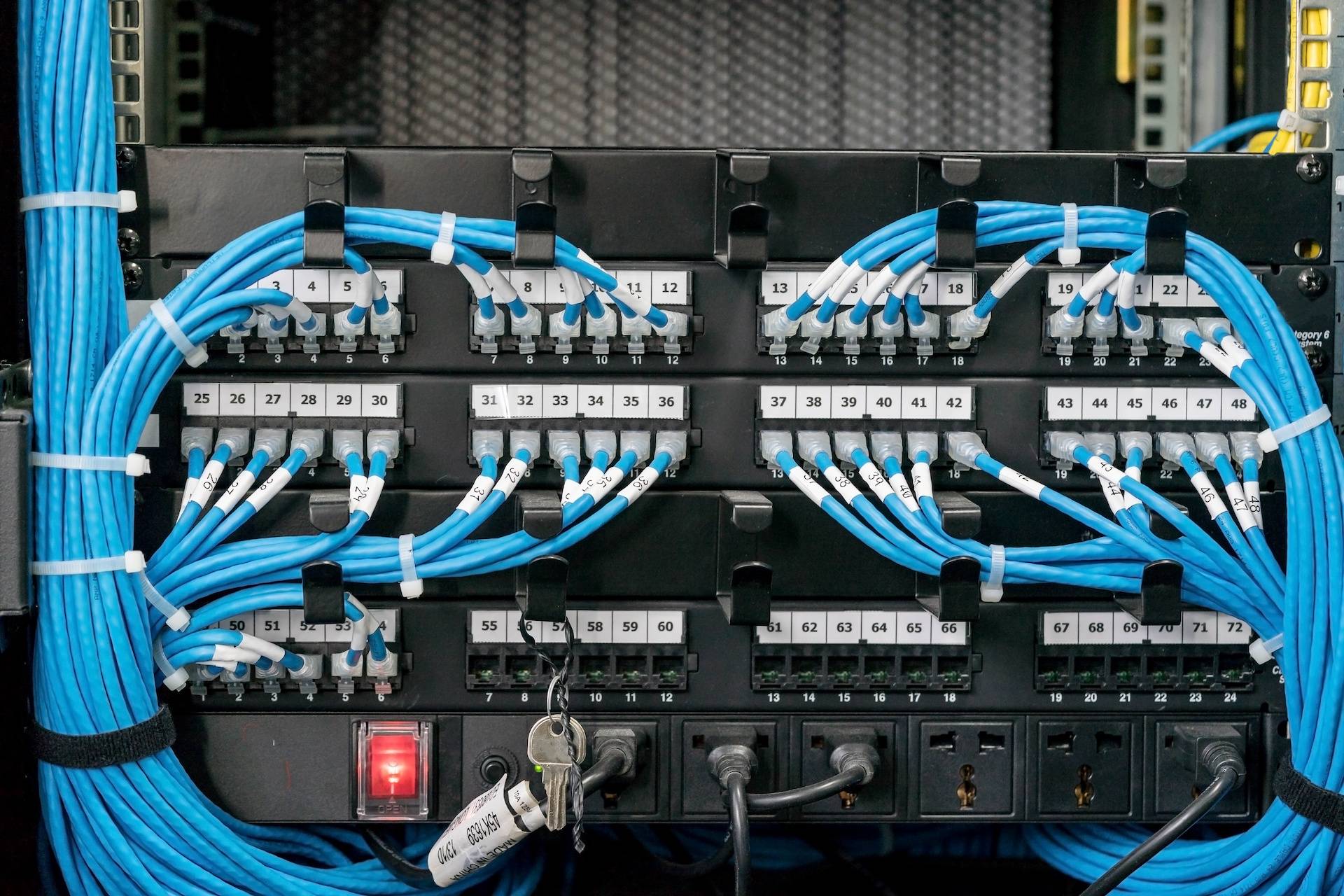Demystifying Network Architecture: A Comprehensive Guide.
Unravel the intricacies of network architecture with this illuminating guide.
From LAN to WAN, explore the physical and logical components that form the backbone of modern connectivity. Learn how to build secure, efficient, and robust networks for homes, industries, and enterprises alike.

Network Architecture for Dummies
First off, let’s define what is a network architecture? A network architecture is the physical and logical framework that are structured to serve the connectivity needs of both server and client devices. Network architecture components includes but are not limited to hardware, software, transmission media, network topology, and communications protocols.
The Institute of Electrical and Electronics Engineers (IEEE) 802.3 and 802.11 standards and protocols are defined for Ethernet LAN (Local Area Networks) and Wireless LAN (WLAN) network, respectively. If the device has an ethernet port or commonly known as a Registered Jack (RJ45), it falls under the LAN standards. Obviously without standards, things would be very chaotic.
Both LAN and WAN corresponds to the Layer 1 (physical layer) and Layer 2 (Data Link) of the Open Systems Interconnection (OSI) model. This is a seven-layer model that characterizes and standardizes the communication functions of a telecommunication or computing system for the purpose of internetwork connectivity.
Whether we are talking about a home, commercial, industrial, enterprise, or an internet service provider’s (ISP) network, an architecture exists. This guide will primarily focus on Industrial Network Architecture, but the concept is still universal to all systems.









